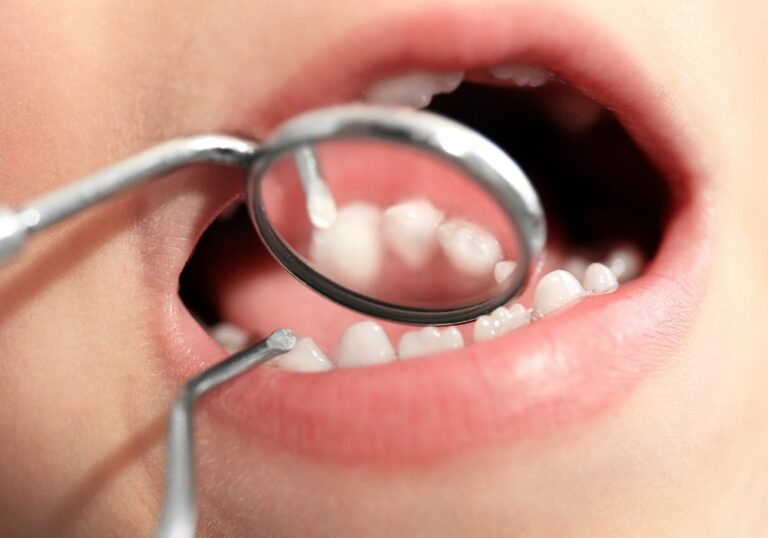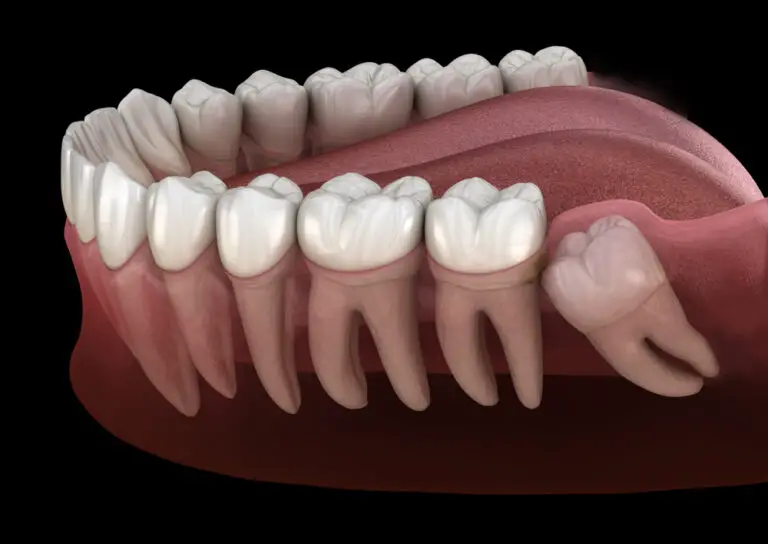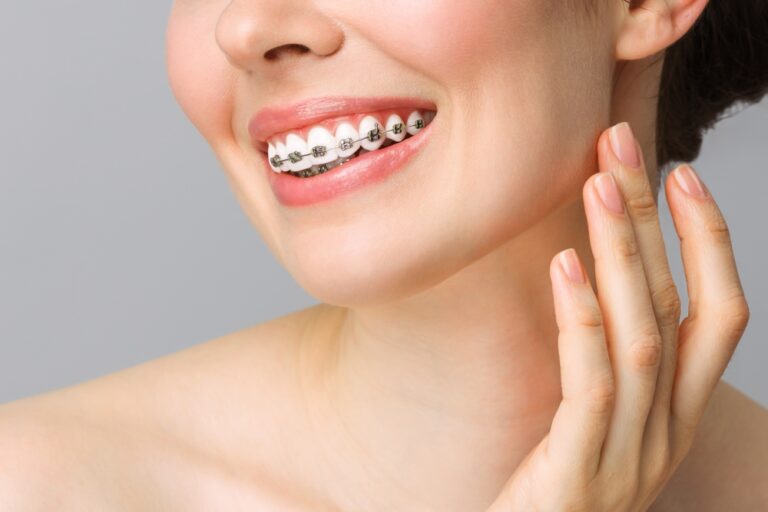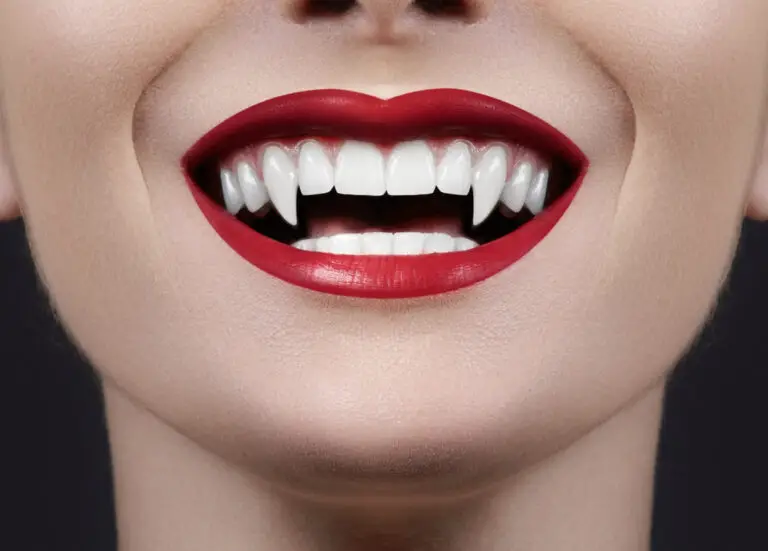Are you concerned about the yellow or stained teeth of your 3-year-old? Teeth whitening is a common practice among adults, but what about children? Is it safe to whiten a child’s teeth at such a young age? In this article, we will explore the options available for teeth whitening in children and provide answers to some of the most commonly asked questions.
Firstly, it is important to understand that the enamel on a child’s teeth is thinner and more porous than that of an adult’s teeth. This means that children’s teeth are more susceptible to damage from teeth whitening products. However, there are safe and effective methods for whitening a child’s teeth, such as using whitening toothpaste or natural remedies like coconut oil or fruits and vegetables. It is important to consult with a pediatric dentist before attempting any teeth whitening procedures on your child.
Secondly, it is important to identify the cause of yellow or stained teeth in children. Poor oral hygiene, frequent consumption of sugary foods and drinks, and bottle use can all contribute to tooth discoloration in children. Addressing these underlying issues can help prevent further staining and promote healthy teeth. In this article, we will provide tips and advice on how to maintain good oral hygiene habits in children and prevent tooth discoloration.
Understanding Teeth Whitening

Teeth whitening is a cosmetic dental procedure that involves removing stains and discoloration from the teeth to make them appear whiter. It is a popular procedure among adults who want to improve the appearance of their smile. However, when it comes to children, teeth whitening is a controversial topic.
Before you consider teeth whitening for your 3-year-old, it is important to understand how the procedure works. There are two main types of teeth whitening: in-office whitening and at-home whitening.
In-office Whitening
In-office whitening is a professional teeth whitening procedure that is performed by a dentist. During the procedure, a bleaching agent is applied to the teeth, and a special light is used to activate the agent and speed up the whitening process. The procedure usually takes about an hour and can produce dramatic results.
At-home Whitening
At-home whitening involves using a whitening product at home, such as whitening toothpaste or whitening strips. These products typically contain a lower concentration of bleaching agents than in-office whitening, and the results may take longer to achieve.
It is important to note that not all teeth whitening products are safe for children. Some products may contain harsh chemicals that can damage the teeth and gums. Before using any whitening product on your child, it is important to consult with a pediatric dentist.
In general, most dentists recommend waiting until a child is at least 14 years old before considering teeth whitening. This is because the teeth are still developing before this age, and the whitening agents may interfere with the development process.
In conclusion, while teeth whitening can be an effective way to improve the appearance of your child’s smile, it is important to proceed with caution and consult with a dentist before using any whitening products.
Why a 3 Year Old’s Teeth Might Need Whitening
As a parent, you may wonder why your 3 year old’s teeth need whitening. After all, they are still baby teeth, and your child will eventually lose them. However, there are several reasons why you might consider whitening your child’s teeth:
- Discoloration: Your child’s teeth may have become discolored due to poor oral hygiene, certain medications, or excessive consumption of sugary or acidic foods and drinks.
- Self-esteem: Children can become self-conscious about their appearance from a young age, and having yellow or stained teeth may affect their confidence and self-esteem.
- Special occasions: If your child has a special occasion coming up, such as a wedding or family photo shoot, you may want to enhance their smile.
- Modeling behavior: By introducing your child to good oral hygiene habits and the importance of a healthy smile from a young age, you can set them up for a lifetime of good dental health.
It is important to note that whitening your child’s teeth should only be done under the guidance of a dentist. Children’s teeth are more sensitive than adult teeth, and over-whitening can lead to sensitivity and damage to the enamel. Additionally, some whitening products may not be safe for young children, so it is important to consult with a dental professional before proceeding.
Safe Methods for Whitening a 3 Year Old’s Teeth
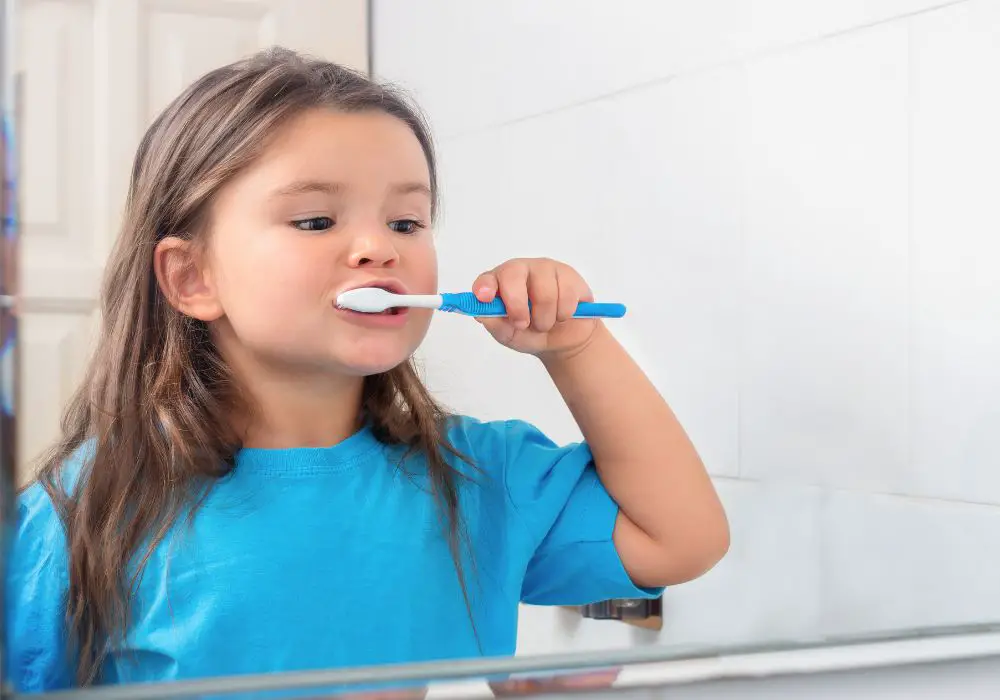
If you’re concerned about the color of your 3-year-old’s teeth, there are safe and effective ways to whiten them. Here are some natural and dentist-recommended methods that you can try:
Natural Methods
- Brushing with Baking Soda: Baking soda is a natural teeth whitener that can remove surface stains from your child’s teeth. Mix a small amount of baking soda with water to make a paste, then brush your child’s teeth with the mixture for 2 minutes. Rinse thoroughly with water.
- Eating Crunchy Fruits and Vegetables: Crunchy fruits and vegetables like apples, carrots, and celery can help scrub away surface stains from your child’s teeth. Encourage your child to eat more of these foods as a healthy snack.
- Oil Pulling: Oil pulling involves swishing oil (such as coconut or sesame oil) in your mouth for several minutes to remove bacteria and stains from your teeth. This method may not be suitable for young children, but it can be effective for older children and adults.
Dentist Recommended Methods
- Professional Teeth Whitening: If your child’s teeth are severely discolored, your dentist may recommend professional teeth whitening. This involves applying a bleaching agent to your child’s teeth to remove deep stains. However, this method is generally not recommended for young children.
- Dental Bonding: Dental bonding involves applying a tooth-colored resin to your child’s teeth to cover up stains and discoloration. This method is safe and effective for children, but it may require multiple visits to the dentist.
- Porcelain Veneers: Porcelain veneers are thin shells that are placed over your child’s teeth to improve their appearance. This method is typically reserved for older children and teenagers who have severe discoloration or other cosmetic issues with their teeth.
Remember, it’s important to consult with your child’s dentist before trying any teeth whitening methods. They can help you determine the best course of action based on your child’s individual needs and dental health.
Preventing Tooth Discoloration in Children
Tooth discoloration can be a common problem in children, but there are steps you can take to prevent it from happening. By establishing good habits early on, you can help your child maintain a bright, healthy smile. Here are some tips to prevent tooth discoloration in children:
Dietary Habits
The foods and drinks your child consumes can have a big impact on the color of their teeth. Encourage your child to eat a balanced diet that is rich in fruits, vegetables, and whole grains. Limit their intake of sugary and acidic foods, such as candy, soda, and fruit juice. When your child does consume these types of foods, make sure they brush their teeth afterwards to remove any residue.
Oral Hygiene Practices
Good oral hygiene is essential for preventing tooth discoloration. Make sure your child brushes their teeth twice a day with fluoride toothpaste. Use a soft-bristled toothbrush and teach your child to brush in a circular motion for at least two minutes. Flossing should also be a part of their daily routine, as it helps remove plaque and food particles from between teeth.
In addition to brushing and flossing, regular dental checkups are important for maintaining good oral health. Your child should see a dentist every six months for a cleaning and exam. During these visits, the dentist can identify any potential problems and provide guidance on how to maintain a healthy smile.
By following these tips, you can help prevent tooth discoloration in your child and promote a lifetime of good oral health.
Potential Risks and Considerations
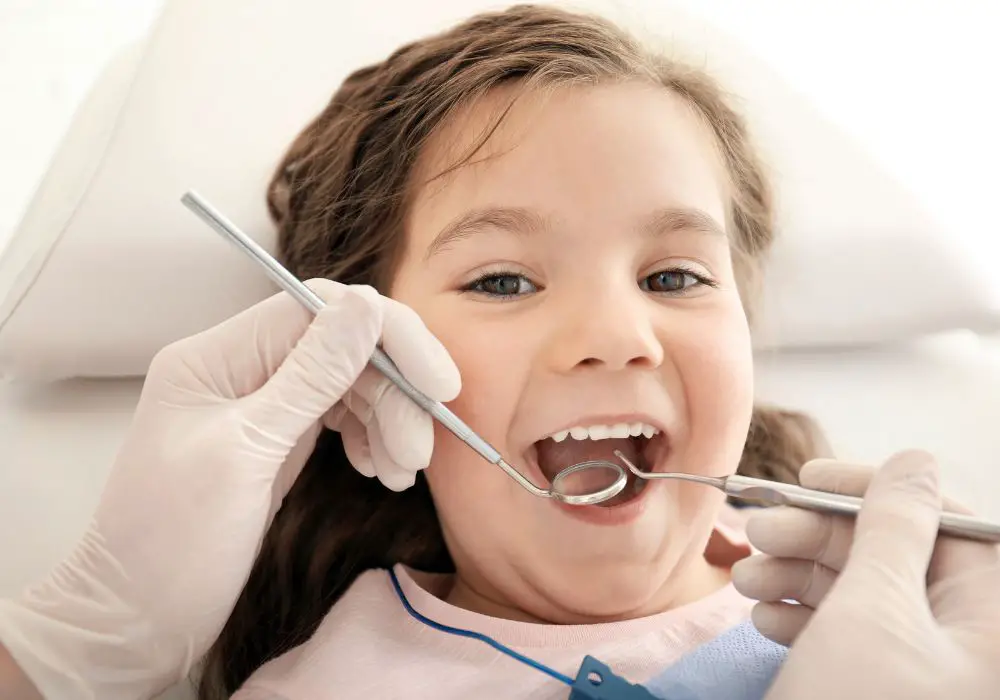
When it comes to teeth whitening for children, there are some potential risks and considerations that you should keep in mind. While it may be tempting to want to improve the appearance of your child’s teeth, it’s important to weigh the potential risks against the benefits.
Tooth Sensitivity
One potential risk of teeth whitening for children is tooth sensitivity. Children’s teeth are still developing, and the nerves in their teeth may be more sensitive than those in adult teeth. Whitening products can cause temporary sensitivity, which can be uncomfortable for children. If your child experiences sensitivity after whitening, it’s important to discontinue use of the product and speak with your dentist.
Potential Harm to Enamel
Another potential risk of teeth whitening for children is damage to the enamel. Children’s teeth have thinner enamel than adult teeth, which means that they may be more susceptible to damage from whitening products. Overuse of whitening products can cause the enamel to become weaker, which can lead to cavities and other dental problems. It’s important to follow the instructions carefully and not overuse whitening products.
In addition to these potential risks, it’s important to consider your child’s age and overall dental health before deciding to whiten their teeth. The American Academy of Pediatric Dentistry recommends that teeth whitening treatments not be used on children under the age of 15, as there is not enough research to determine their safety.
If you are considering teeth whitening for your child, it’s important to speak with your dentist first. They can help you weigh the potential risks and benefits and determine whether it’s the right choice for your child’s dental health.
Frequently Asked Questions
What are some safe ways to whiten my toddler’s teeth?
It is important to note that teeth whitening for children should only be done with the guidance of a dentist. At such a young age, it is not recommended to use any harsh chemicals or bleaching agents on their teeth. Some safe ways to help brighten your toddler’s teeth include regular brushing with a fluoride toothpaste, avoiding sugary drinks and snacks, and ensuring they have a balanced diet with plenty of fruits and vegetables.
How can I prevent my child’s teeth from turning yellow?
Preventing yellow teeth in children starts with good oral hygiene habits. Make sure your child brushes their teeth twice a day with a fluoride toothpaste and flosses daily. Limit sugary foods and drinks, and encourage them to drink plenty of water. Regular dental check-ups and cleanings can also help prevent yellowing of teeth.
Are there any natural remedies for whitening children’s teeth?
While there are some natural remedies that claim to whiten teeth, it is important to note that they have not been scientifically proven to be effective. Some examples include brushing with baking soda, using activated charcoal, or oil pulling with coconut oil. However, it is best to consult with a dentist before trying any natural remedies on your child’s teeth.
Is it safe to use whitening toothpaste on my child’s teeth?
Whitening toothpaste can be safe for children to use, but it is important to choose a product that is specifically designed for their age group. It is also important to use the toothpaste as directed and not to overuse it, as it can cause sensitivity or damage to the enamel.
How can I treat my toddler’s discolored teeth?
If your toddler’s teeth are discolored, it is important to consult with a dentist to determine the cause of the discoloration. Depending on the cause, treatment options may include professional cleaning, fluoride treatment, or other dental procedures.
Can yellow teeth in toddlers be a sign of a health problem?
Yellow teeth in toddlers can be caused by a variety of factors, including poor oral hygiene, diet, and genetics. In some cases, yellow teeth can also be a sign of a health problem, such as a nutritional deficiency or an underlying medical condition. It is important to consult with a dentist if you have concerns about your child’s yellowing teeth.



